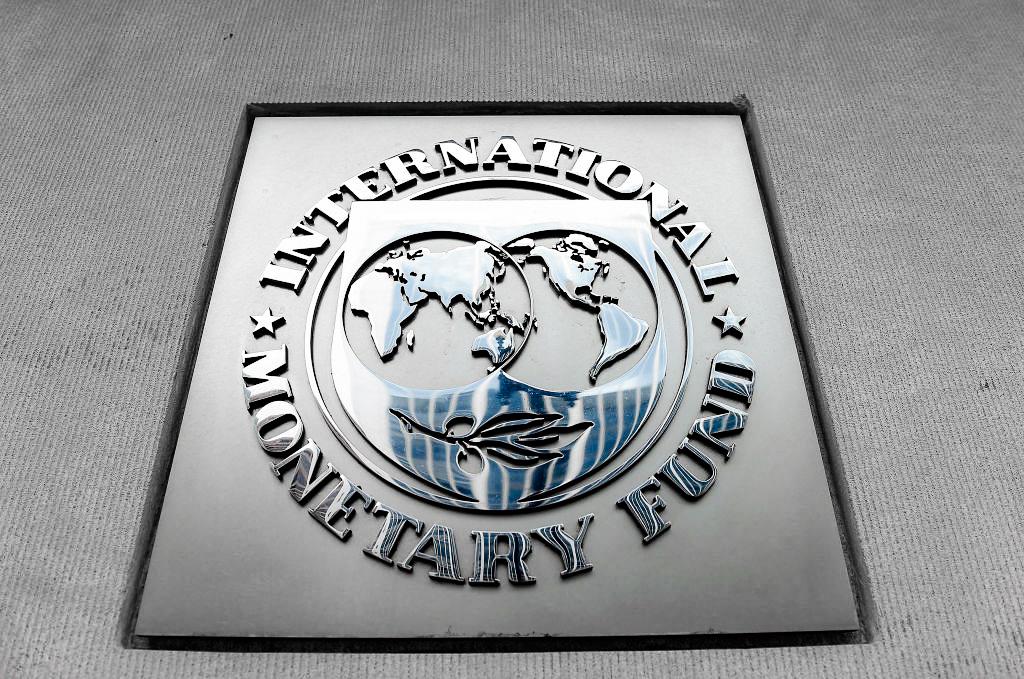The U.S. economy displayed signs of weakness last month, according to a leading economic indicator, but experts pointed to a more positive outlook for 2025, citing factors such as deregulation, improvements in trade, and immigration reforms.
“Low consumer confidence about future business conditions, still relatively weak manufacturing orders, an increase in initial claims for unemployment, and a decline in building permits contributed to the decline. Still, half of the 10 components of the index contributed positively in December,” she said.
“The LEI’s six-month and twelve-month growth rates were less negative, signaling fewer headwinds to US economic activity ahead. Nonetheless, we expect growth momentum to remain strong to start the year and US real GDP to expand by 2.3% in 2025.”
The projection partly reflects “carryover from 2024 as well as robust labor markets and accelerating investment, among other signs of strength,” it stated.
The IMF stated that deregulation could improve confidence and positive sentiment in the United States, boosting both the demand and supply side of the economy.
Policy Changes
A November 2024 survey of 38 professional forecasters conducted by the National Association for Business Economics (NABE) also predicted improvement in the U.S. economy this year.NABE President Emily Kolinski Morris said that economic projections for 2025 were “higher than their previous projections.” Experts predict 2 percent growth in 2025, up from 1.8 percent predicted in September 2024.
“In addition, the largest share of respondents—44%—now sees the risks surrounding the outlook as balanced, whereas a majority of respondents in the previous survey thought downside risks were more likely than balanced or upside risks,” Morris said.
These changes “should significantly influence” not just the United States but other parts of the world as well, he said.
Dubravko Lakos-Bujas, head of global markets strategy at J.P. Morgan, said that the United States “could remain the global growth engine with the business cycle in expansion, a healthy labor market, broadening of AI-related capital spending, and the prospect of robust capital markets and dealmaking activity.”
When interest rates remain elevated, the financing environment for businesses is more challenging.
“However, it may be that rather than cutting in March as we had been suggesting the first move for 2025 is more likely to happen in June looking at the data right now,” the bank stated.







